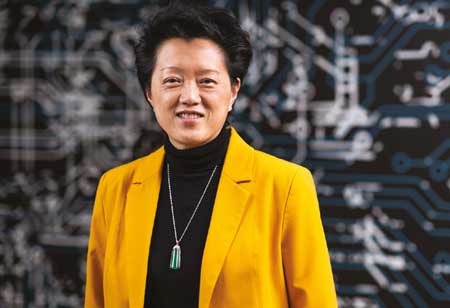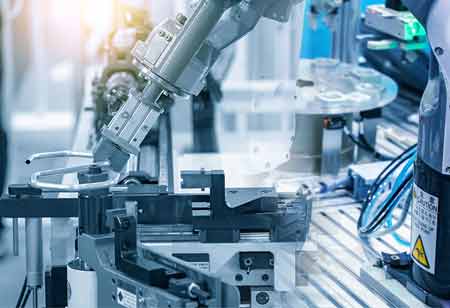THANK YOU FOR SUBSCRIBING

The Power of Piezoelectric Actuators
Yuki Tanaka, Manager of Piezoelectric Technologies, SoftBank Group Corp.

 Yuki Tanaka, Manager of Piezoelectric Technologies, SoftBank Group Corp.
Yuki Tanaka, Manager of Piezoelectric Technologies, SoftBank Group Corp.Piezoelectric actuators offer high precision, low energy consumption, fast response time, silent operation, and compact size, revolutionizing diverse applications with efficient motion control.
Piezoelectric actuators represent a cutting-edge technology revolutionizing the landscape of motion control. Their unique ability to achieve unparalleled precision and efficiency has propelled them into diverse industry applications. The piezoelectric effect is the foundation for piezoelectric actuators and their transducer equivalents. Some materials undergo regulated and predictable deformation when exposed to an electric field. Piezoelectric actuators are the best choice for applications needing great accuracy and low energy consumption because of their ability to produce precise and controlled movements through deformation.
Piezoelectric actuators are unique in this regard since they can move with amazing precision down to nanometer-scale movements. They are ideal for applications needing precise control because of their extraordinary precision, particularly in microscopy and medical devices. Another noteworthy benefit is their low energy consumption, which sets them apart from conventional motors and makes them perfect for battery-powered gadgets and scenarios where energy efficiency is crucial.
These actuators can also respond quickly to voltage changes, which makes them appropriate for applications requiring real-time control or high-speed movements. Piezoelectric actuators are quiet devices useful in places where noise pollution is an issue, like medical facilities or research labs. Their compact size and lightweight nature further enhance their versatility, catering to applications constrained by limited space or weight requirements.
Piezoelectric actuators' versatility is demonstrated by the range of applications they may be used in, which leads to breakthroughs in many different sectors. These actuators are essential to high-precision robots in robotics, helping with activities like micro-manipulation, assembly, and even surgery. The actuators found in catheters, medication delivery systems, and ultrasonic imaging equipment are useful in the medical industry. Moreover, they are used in microfluidics and micropumps to regulate fluid flow, which makes accurate dosing and analysis of tiny liquid volumes possible. Piezoelectric actuators are used in structural engineering to actively suppress undesired vibrations in various structures, such as buildings, bridges, and airplanes.
Furthermore, these actuators are essential components of optical systems as they optimize lens and mirror alignment, improving the efficiency and resolution of optical equipment. Furthermore, piezoelectric actuators are used in haptic feedback devices, which improve user experience by giving users a tactile feeling of touch for an immersive and interesting experience.
Continuous research and development in piezoelectric actuators are producing impressive advances that are affordable, more powerful, and more efficient. The discovery of new piezoelectric materials with enhanced characteristics, such as higher piezoelectric coefficients that enable more displacement and force output, is a major impetus behind these advancements. There is a trend towards creating even smaller and more accurate piezoelectric actuators by utilizing micromachining and nanotechnology, increasing their suitability for miniaturized devices and microfluidic systems. Additionally, the creation of intelligent, adaptive systems with cutting-edge features is made possible by integrating piezoelectric actuators with other technologies, such as sensors and control systems. Further advancements promise even more innovative applications and increased efficiency, solidifying the pivotal role of these actuators in advancing motion control technologies.
Read Also






















ON THE DECK
Piezoelectric APAC 2024